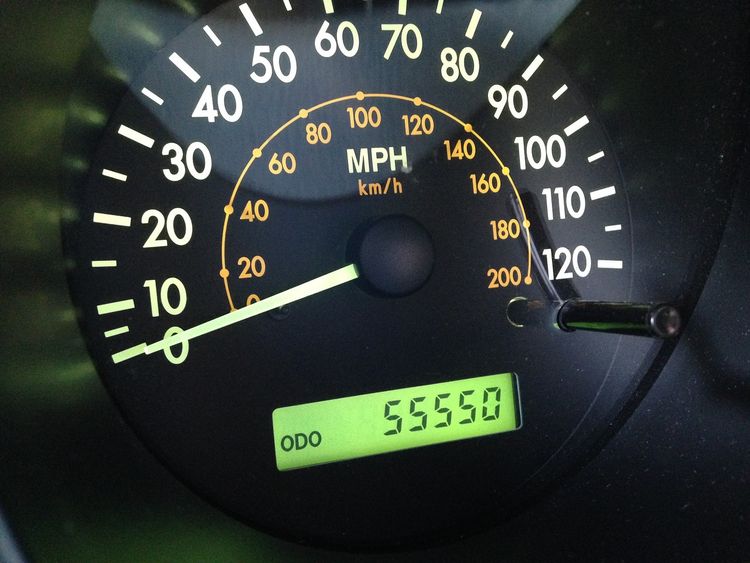5 Questions To Ask Before Joining A Rideshare Program
For those who have a vehicle and need to supplement their income, joining services like Uber or Lyft might seem like a natural fit. Ridesharing has become a go-to for anyone who’s involved in the gig economy, or is looking for a side hustle. Lyft alone currently boasts 1.5 million drivers in the US, with that number seemingly growing every day.
When we consider just how many drivers split their time between both apps, it’s no wonder ridesharing is growing at such a rapid pace. The question is, is joining a rideshare program really worth it? Make sure to ask yourself these important questions before you dive in.
What Is My ‘Actual’ Income?
Both Uber and Lyft consider their drivers to be independent contractors, rather than employees. That means that instead of paying by the hour, they pay by the fare. To make things a little more complicated, payment is broken down further into a guaranteed amount of base pay, bonuses, promotions, and tips. Each of these fluctuates per ride. That being said, Uber drivers reported earning an average of $12 to $16 per hour, while Lyft drivers claimed they made between $15 and $16 per hour.
If you factor in the cost of gas, as well as wear and tear on your car, the profits become even lower. According to a former rideshare driver, his profit only ended up being $10 an hour after expenses. Many don’t consider this when they get started driving.
How Will My Vehicle Be Affected?
First off, you have to determine if your vehicle is eligible to drive with Uber or Lyft. On average, your vehicle needs to be made in 2007 or later and must be in solid working condition. It also needs to accommodate a minimum of four passengers.

Considering how many miles will be put on your vehicle, it’s important to be aware of just how much wear and tear will occur. For many, the impact is too much to justify driving with a rideshare program.
What Risks Are There?
While potential drivers do need to complete a background checks and submit government-issued identification, there are still many risks to being a driver. Those risks increase when you consider that passengers are usually anonymous and untraceable.
According to a US Safety Report done by Uber, they reported 5,981 instances of sexual assault, with nearly half claiming the driver was the victim. In addition, 22 drivers were killed in accidents, and seven died as a result of physical assault.
Should I Get a Dash Cam?
The short answer is yes, though since you’re considered an independent contractor, neither Uber nor Lyft will help cover the cost. They’re relatively easy to set up and fairly inexpensive, ranging from $30 to $100.

Dash cams also provide legal backup in cases of an accident or if a passenger damages your car. For example, if a passenger spills food, covering the back seat of your vehicle, it would be far easier to prove who caused the damage with your camera, allowing you to claim an inconvenience fee of up to $250. Finally, when there’s a camera in your vehicle that passengers can clearly see, they are far more likely to be on their very best behavior.
What’s My Exit Strategy?
Most people get stuck as to when and how they want to leave the gig economy. It’s important to create a clear exit plan before you quit. It can be as simple as saying you’ll be finished once you pay down a certain amount of debt. You also need to be aware of when your life is out of balance, and you need to either slow down or stop driving all together. Even those with the best exit plans can get carried away. Don’t let that be you.
